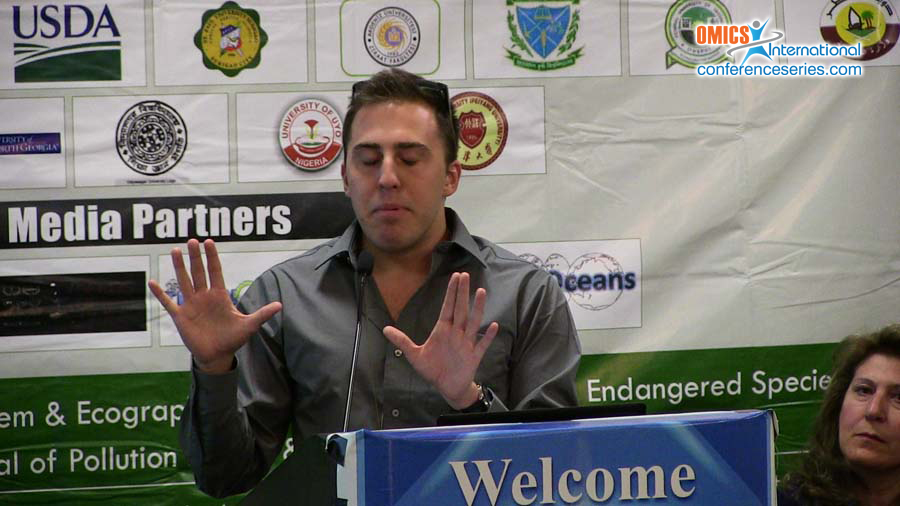
Matt Charnock
Conservationist, USA
Title: The Liasis lexicon: Breaking-down the genus and its new place in Australasian Herpetology
Biography
Biography: Matt Charnock
Abstract
The Liasis genus represents four—well, now five—species of Australasia pythons, all filling various ecological niches; pythons in the Liasis genus also represent some of the most successful pythons in the dawn of the Anthropocene. Although all species in the genus are, phenotypically speaking, quite similar, there’s a great deal of genetic drift and sub-speciation that’s been at the center of many taxonomy savvy herpetologist; numerous genera have now been either assimilated into Liasis or, at one point in time, been classified as a monotypic genus outside the parent genus. Such a species, the Papuan python, has been in-and-out of the genus for the better part of a century-and-a-half—and has recently been stripped of their Apodora exclusivity. The Reynold’s paper that was officially published in early February of 2014 represents, to date, the most concrete, well-executed attempt at shading the grays within the Pythonidae and Boidae families. By pooling sample animals from a study group that later amounted to a species-level phylogeny of eighty-three-percent, Toward a Tree-of-Life for the boas and pythons: Multilocus species-level phylogeny with unprecedented taxon sampling represents a pinnacle shift in both Pythonidae and Boidae nomenclature—and the Liasis genus, subsequently, found itself in a game of musical chairs. However, should heavy deforestation and harsh irrigation practices continue to run rampant, there may not be a single chair left for them to occupy when the music’s cut-off.



